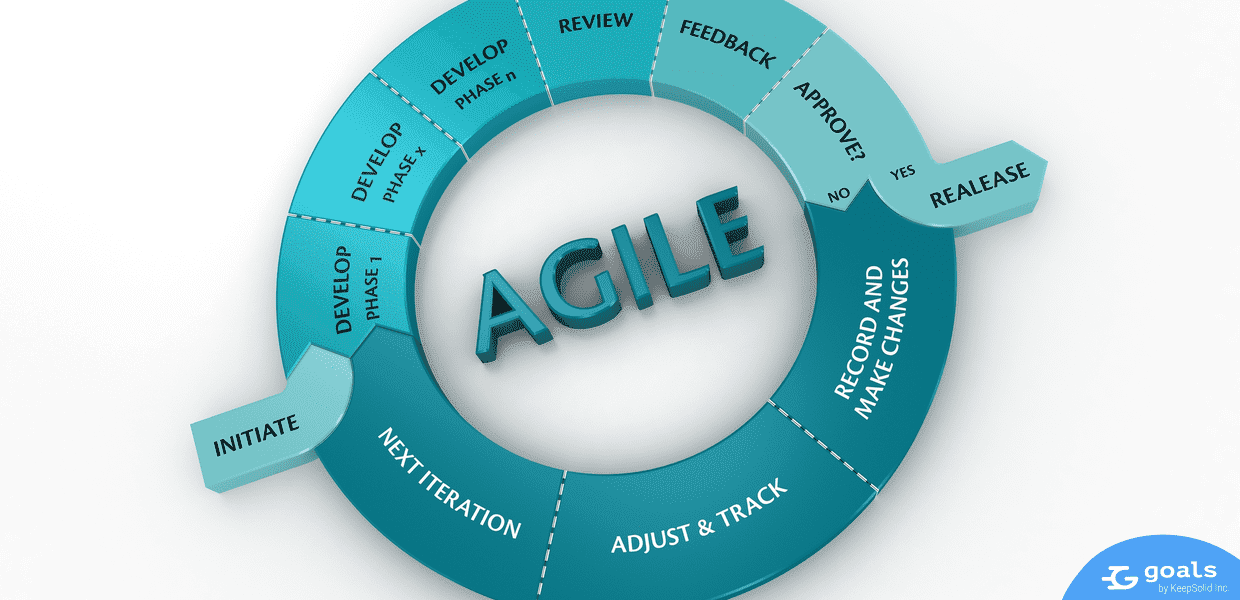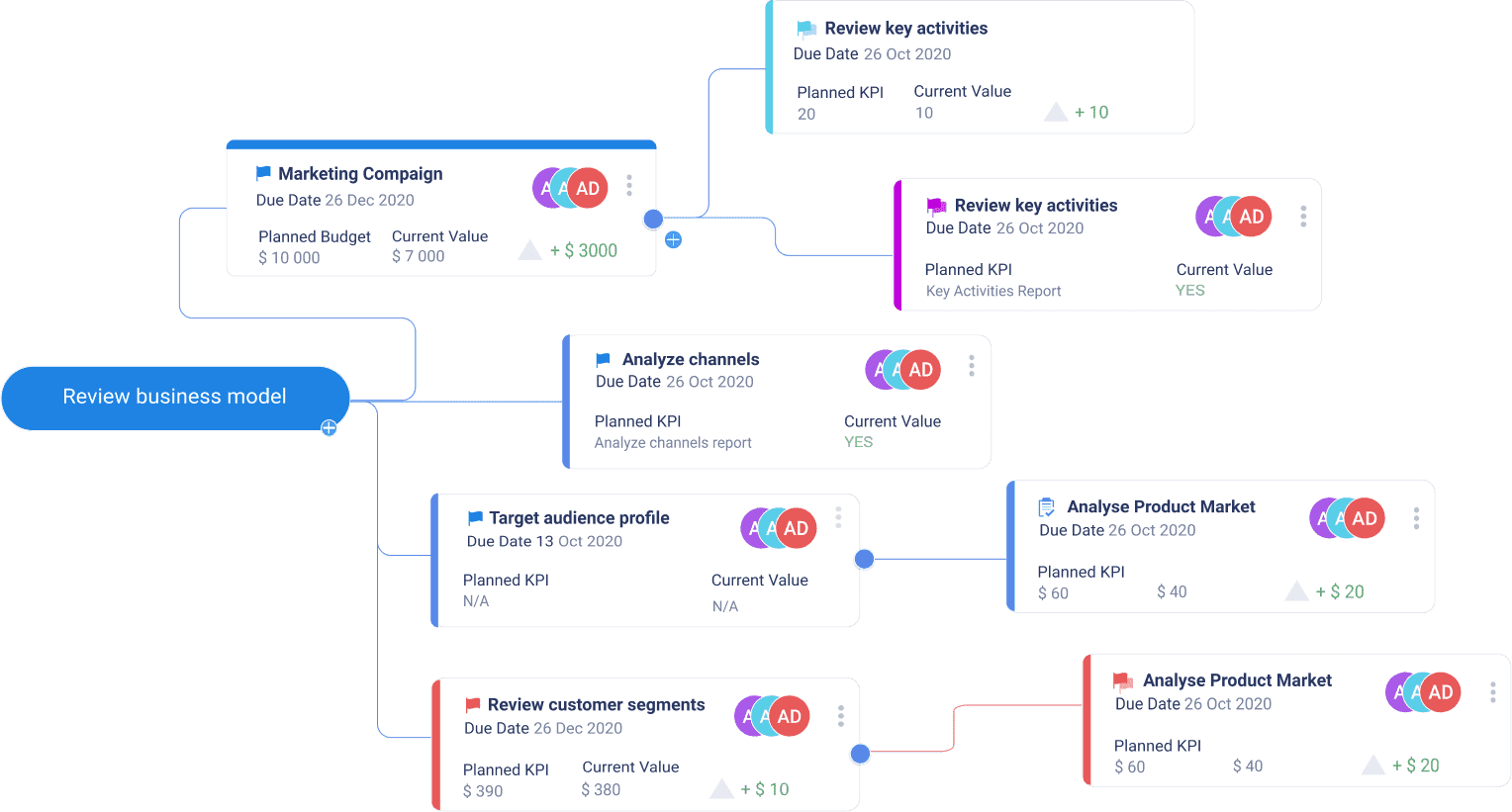What are Agile Principles?
The Agile Manifesto lists 12 principles of Agile software development that help teams establish and maintain the Agile mindset. Yet, similar to Agile values, Agile principles are not a set of binding rules and can be adjusted in practice to fit the specific organization’s or team’s needs.

Below we explain what each principle means and how it can be used in everyday development processes.
1.“Our highest priority is to satisfy the customer through early and continuous delivery of valuable software.”
The first principle of the Agile approach puts the continuous loop of feedback and improvement in a spotlight. Prompt reacting to the customer’s suggestions, early shipment, and frequent iteration ensure customer satisfaction.
Practical implementation: Teams use rapid experimentation to validate hypotheses. As a result, a minimum viable product (MVP) is launched and upgraded through further releases.
2. “Welcome changing requirements, even late in development. Agile processes harness change for the customer’s competitive advantage.”
The only way to keep pace with the market and satisfy the customer is to embrace change. Even the strategy and organizational processes are subject to changes if this helps the product’s success.
Practical implementation: The strategy and tactical goals are reviewed and regularly adjusted based on the feedback or changes to the requirements or technologies.
3. “Deliver working software frequently, from a couple of weeks to a couple of months, with a preference to the shorter timescale.”
Agile promotes short-term development cycles delivery of the product in small portions. This minimizes time spent on drafting and documenting and gives more opportunities to validate the product.
Practical implementation: The product’s development is broken down to short “sprints” or iterations and the product increments are delivered to customers in frequent “mini-releases”.
4. “Business people and developers must work together daily throughout the project.”
Agile prioritizes regular communication and collaboration between engineers and business and product people to share information and validate the product from business and technical sides.
Practical implementation: Agile teams are cross-functional and include engineers and product people.
5. “Build projects around motivated individuals. Give them the environment and support they need, and trust them to get the job done.”
The key to product success is to have the right people with the right skills working on a project they like. More importantly, they must be trusted and have power to make decisions autonomously without micromanagement.
Practical implementation: Product people do not interfere with the technical decisions made by the engineering, but make sure developers understand the general strategy, the requirements to the product, and the underlying business motivation.
6. “The most efficient and effective method of conveying information to and within a development team is face-to-face conversation.”
Communication is one of the pillars of Agile. Daily human interaction is supported with daily meetings, dedicated planning and demo sessions and various channels of communication between developers and products.
Practical implementation: Agile frameworks offer numerous communication tools: daily standups, backlog grooming sessions, demos, pair programming, and more.
7. “Working software is the primary measure of progress.”
Instead of delivering a perfect comprehensive feature set, teams work on Minimum Viable Features that demonstrate a working product at different stages of its development.
Practical implementation: A team releases “Minimum Viable Features” that allow them to validate their understanding of the customer’s needs and rapidly test ideas.
8. “Agile processes promote sustainable development. The sponsors, developers, and users should be able to maintain a constant pace indefinitely.”
Agile promotes finding a balance between product’s goals and expectations from the team and the team’s resources to determine what can be achieved in the next iteration.
Practical implementation: Development teams determine how much work they can commit to do within the next iteration. Once this period starts, this amount of work cannot be changed.
9. “Continuous attention to technical excellence and good design enhances agility.”
Real improvement can happen only if products and new features are reviewed after each iteration cycle. Agile philosophy also emphasizes the importance of maintaining everything neat not to accumulate problems in future.
Practical implementation: Apart from releasing new features, development teams dedicate a share of their time in every sprint to technical debt and technical improvements.
10. “Simplicity—the art of maximizing the amount of work not done—is essential.”
Agile tries to streamline the development cycle avoiding even minor distraction and unnecessary work and introducing automation whenever possible to keep the team focused only on the essential tasks.
Practical implementation: One of the key tools to reduce waste is prioritization by effort and predicted impact, which is a popular way to determine the content of the next iteration and build the product development roadmap.
11. “The best architectures, requirements, and designs emerge from self-organizing teams.”
Teams should be autonomous and capable of making quick decisions without the necessity to obtain managerial permissions on every minor task. Making teams owners of their work increases their morale and involvement, and it also boosts creativity and curiosity
Practical implementation: An organization relies on autonomous self-organizing teams who have both control and responsibility over their projects.
12. “At regular intervals, the team reflects on how to become more effective, then tunes and adjusts its behavior accordingly.”
Self-organizing autonomous teams are responsible for analyzing the way they work at regular intervals and adjusting accordingly. They are encouraged to reflect on their progress and identify issues and ways to improve their process or the product rather than moving ahead blindly.
Practical implementation: Agile has retrospective sessions where teams are encouraged to identify successful and problematic areas and analyze what caused both the success and failures.
Agile principles put collaboration, ongoing product development and manageable iterations in a spotlight. At the same time, their flexibility makes them suitable and beneficial for almost every business regardless of its size or domain.



